Bella – 14-Oz. Rocket Blender – Black Stainless steel
Create fresh blended drinks and sauces with this BELLA eight-piece rocket blender. A compact design conserves kitchen space, while the dishwasher-safe cups and accessories ensure quick cleanup.
Description
Specification
Additional information
| Detachable Blade(s) | No |
|---|---|
| Blender Type | Countertop blenders |
| Blade Material | Stainless steel |
| On/Off Power Switch | Yes |
| Wattage | 285 watts |
| Cord Storage | No |
| Capacity | 13.5 ounces |
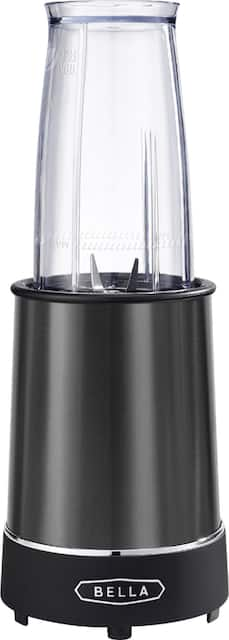
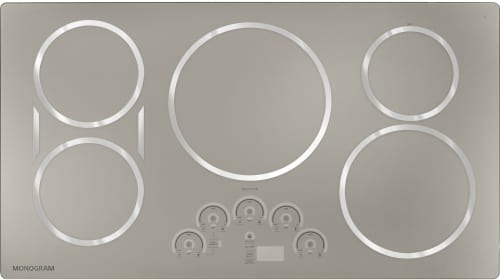

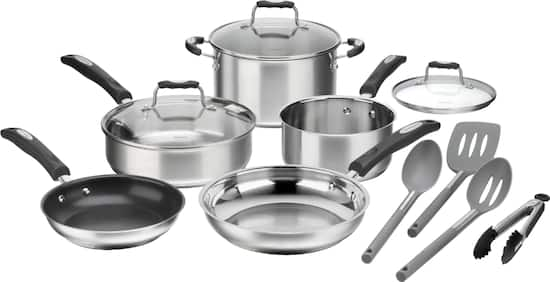

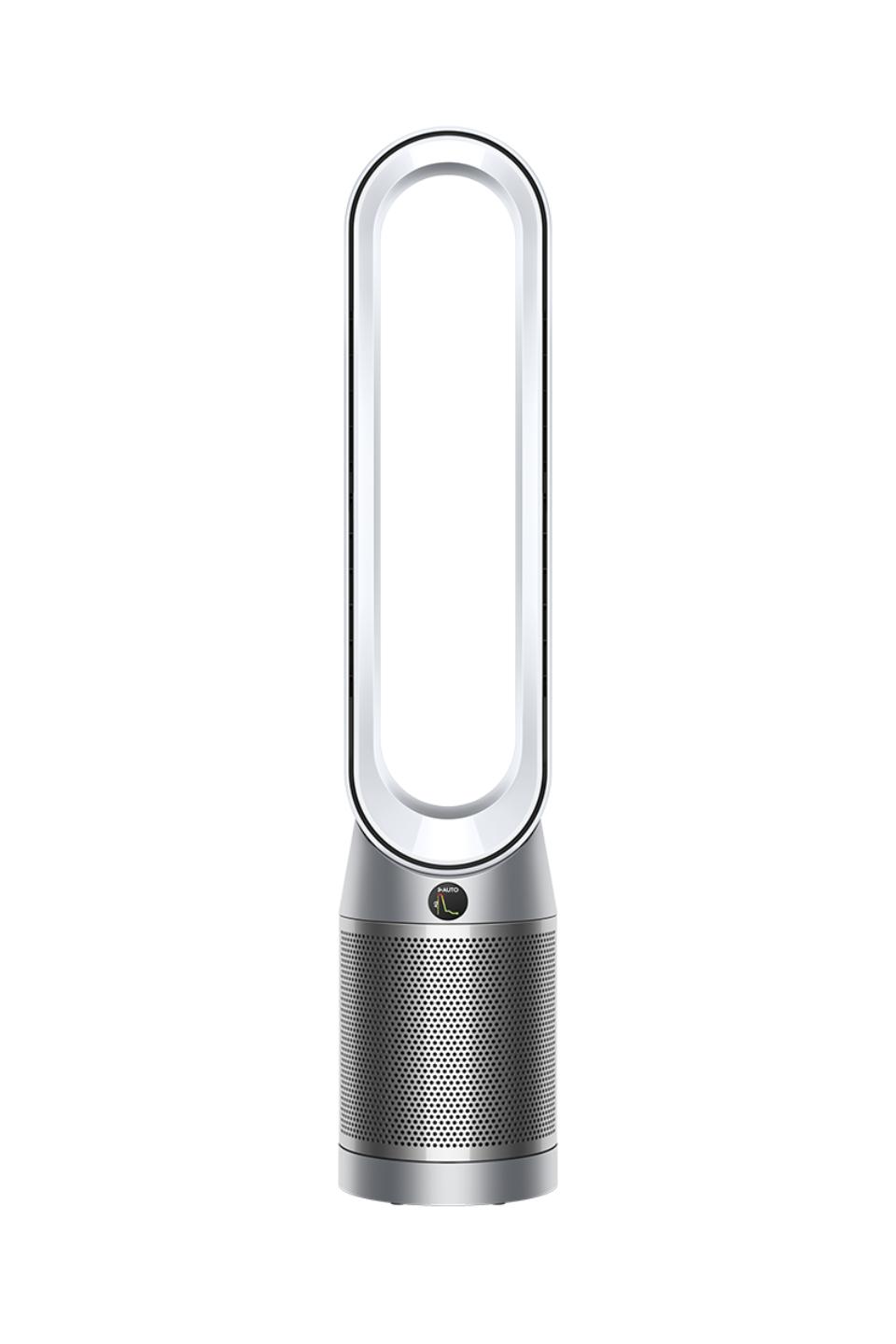

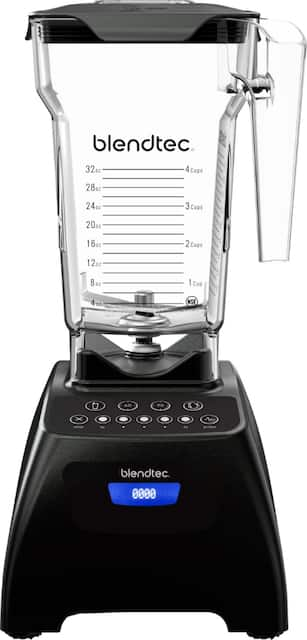

by Barb
Bought as a gift for my husband, he loves it! Great price to !
by Greg
great brand and though my first Beall item I love the simplicity of use
by Chris
Its got some power great value for the price, is pretty loud though.
by Smith
Good Blender. Have not used it to blend anything that is too hefty, so unsure how well it would work under those conditions.
by Alex
Great for soothies! I also use the rocket blender to mince onion so I don’t have to worry about tearing up.
by Windy
Small counter footprint. Works well. Love various sizes.
by Will
Works great. Got at an amazing price on deal of day. Well worth the cost.